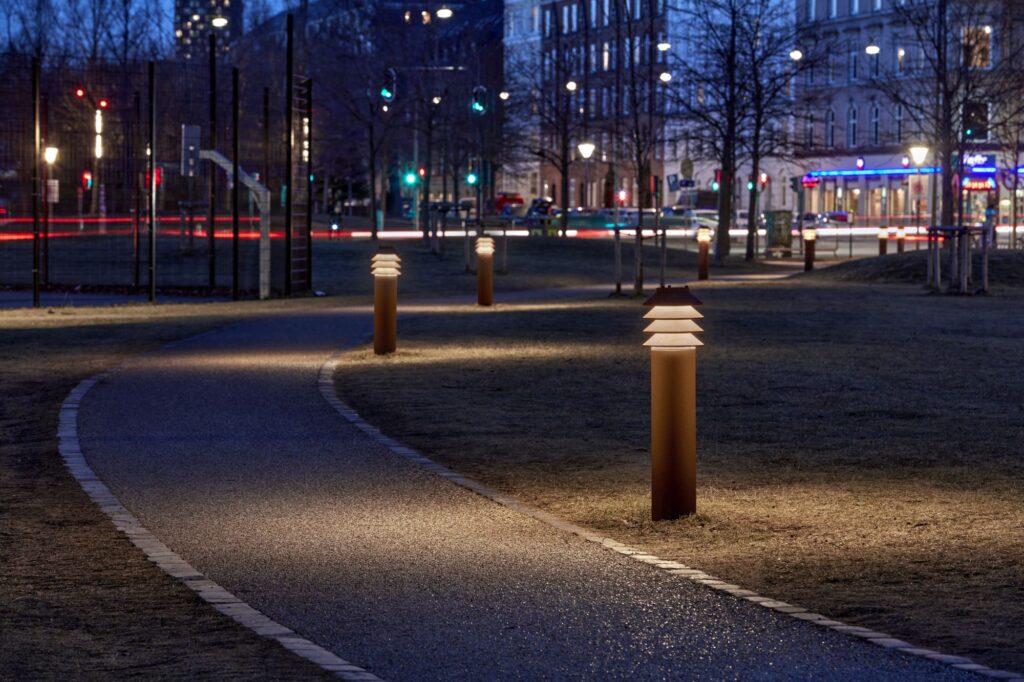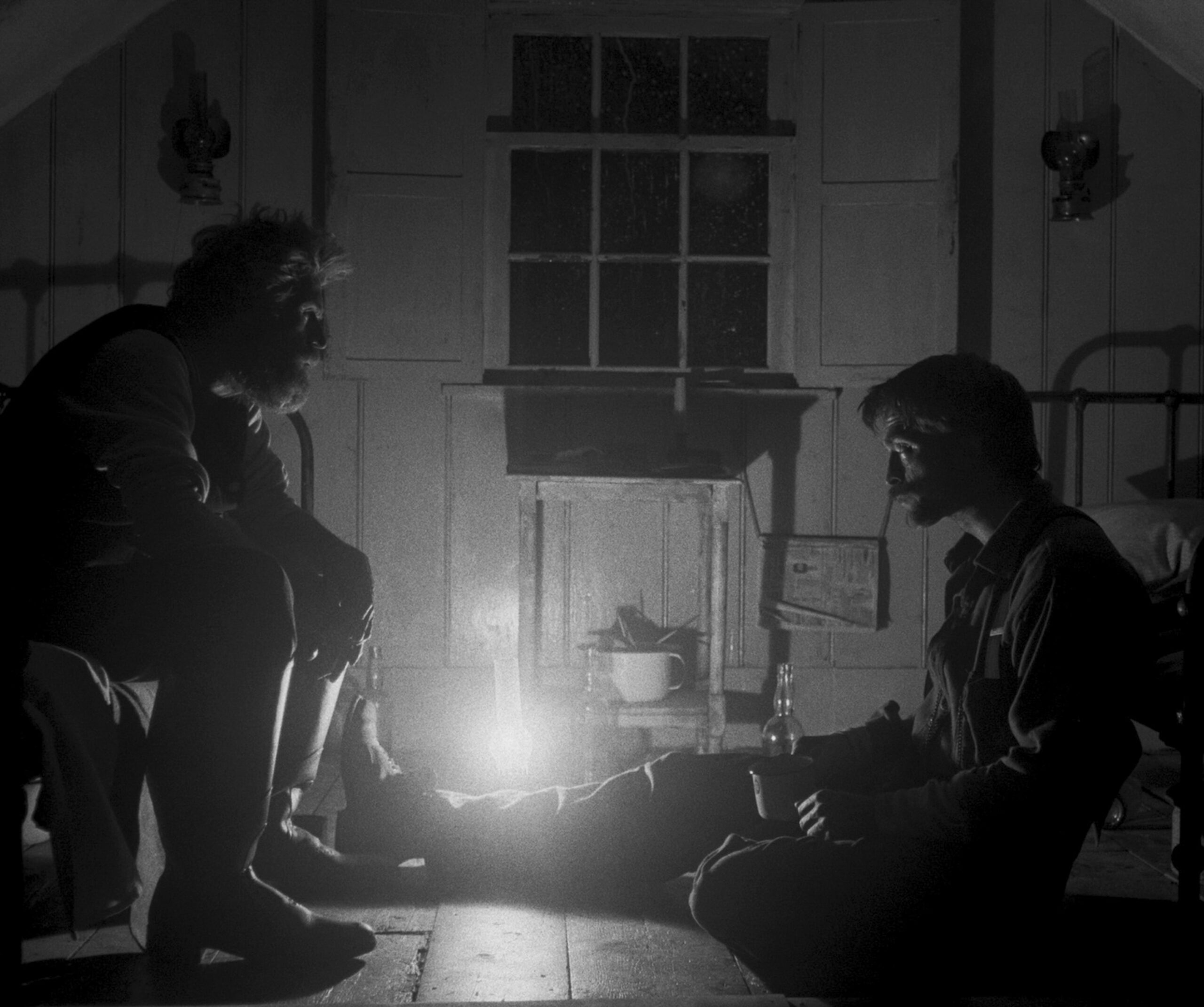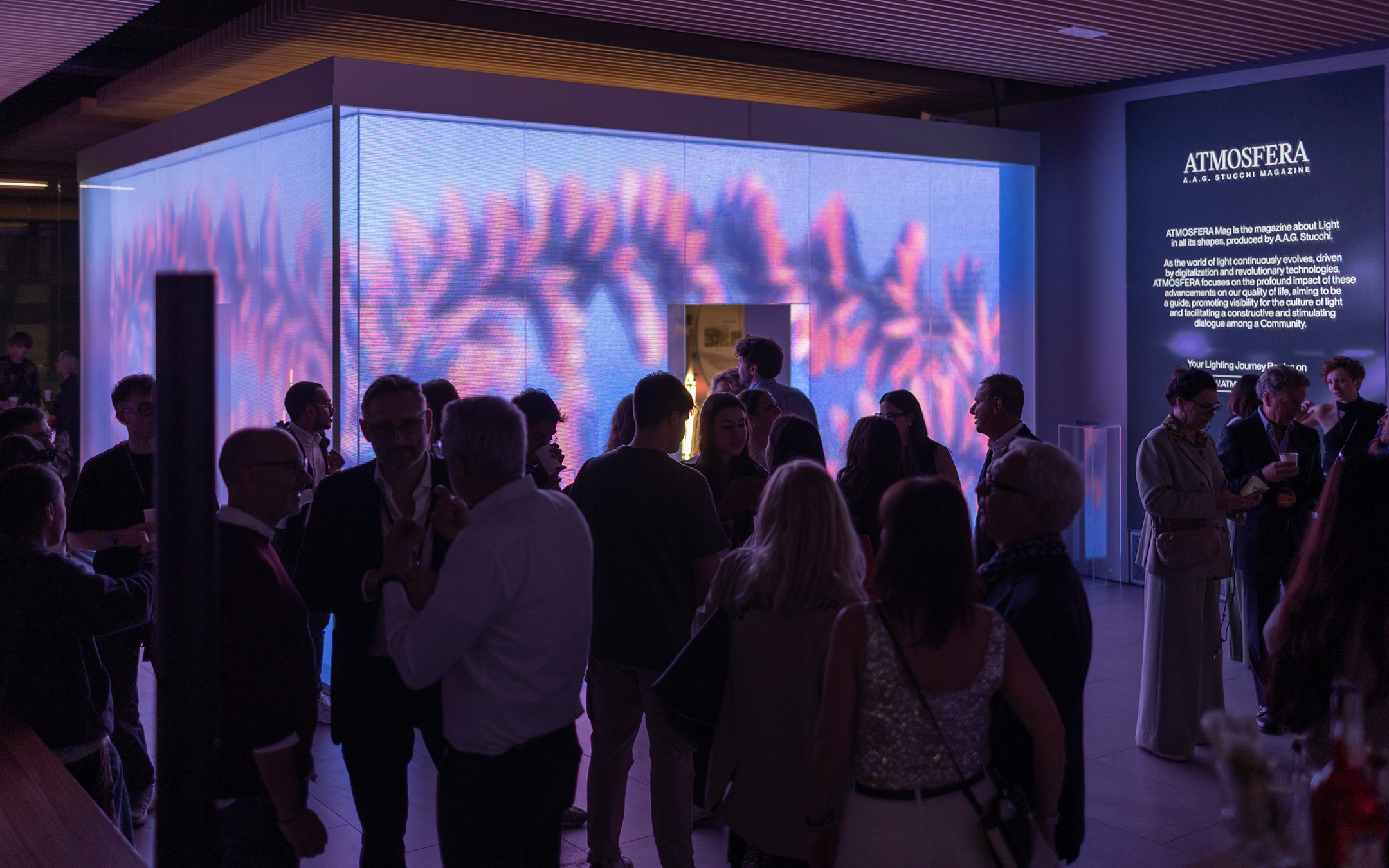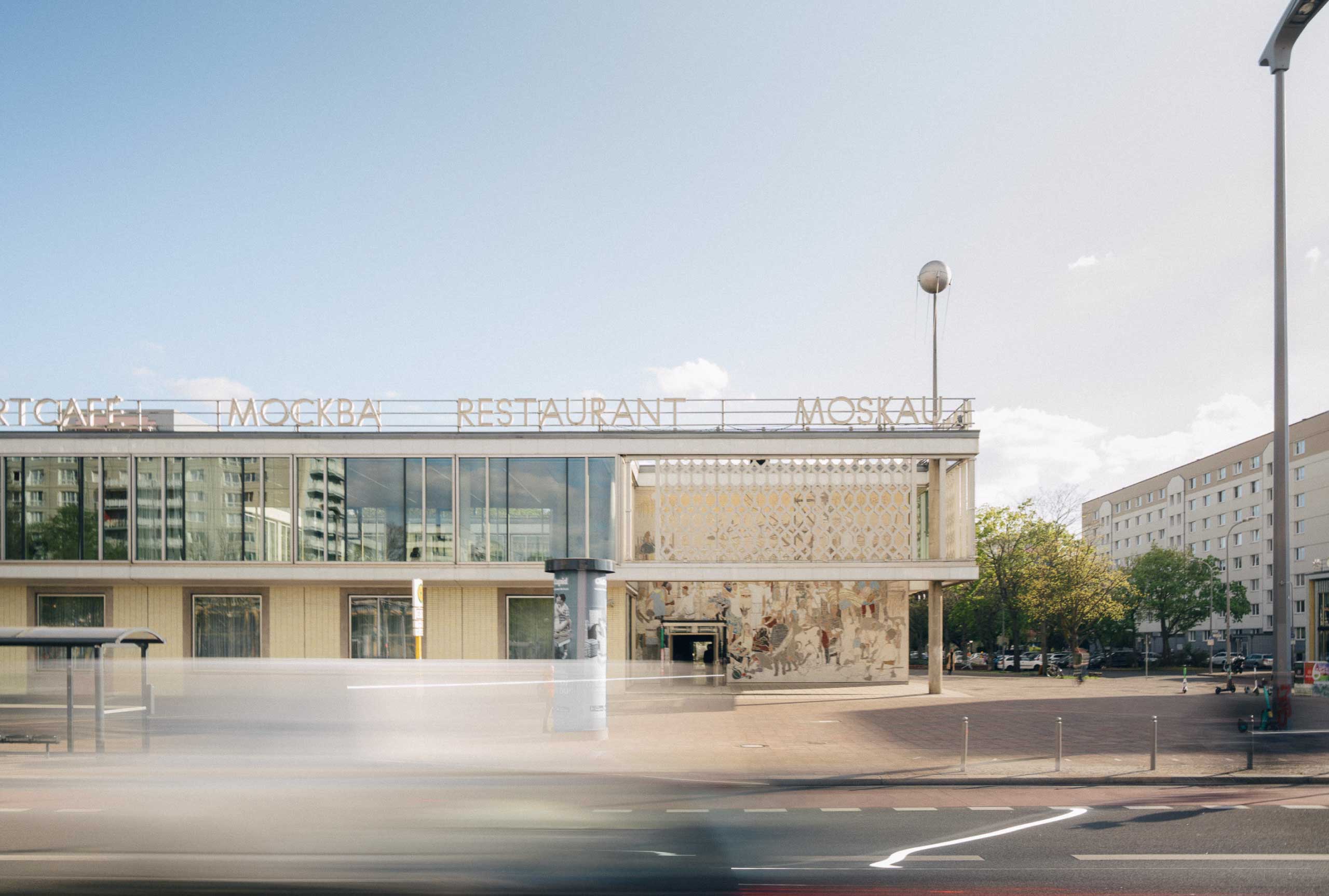The developments in outdoor lighting of the last century have enabled us to fully live the city by night: we can gather in parks and squares also after sunset and do more night-time outdoor activities; we can walk and drive in the streets safely and have good orientation; cities and their landmarks are enhanced by lighting, creating specific visual experiences and atmospheres, encouraging people to visit them and spend time in the urban space.
Designing for exterior lighting – and urban lighting in particular – always strives to balance different needs: making people feel safe and comfortable in the space at night, allowing good visibility and recognition of other people or obstacles, realizing welcoming atmospheres, minimizing energy consumption and enhancing the identity of the outdoor area. Outdoor lighting has thus slowly broadened its scope: from visual task and visual comfort to visual experiences and therefore to social interaction. During this process, cities and other outdoor spaces have become more and more overlit, leading to increasing light pollution.

Unmasking light pollution: impacts on health, environment, and economy
Research so far has identified three main elements of light pollution:
Urban sky glow – the phenomena of the reflection of artificial lighting into the sky, manifesting mainly as a glowing dome above cities and towns and preventing us from seeing the night sky.
Light trespass – the trespass of outdoor lighting into adjacent buildings, disturbing activities or the sleep-cycle of residents.
Glare – the feeling of discomfort arising when luminaires are not properly shielded, shine too brightly or create an excessive contrast in the space.
In addition to incredible waste of energy and money, these phenomena create serious damage to the health of humans, animals and plants. Humans rely crucially on their circadian rhythm, which is regulated by darkness and light. When people are exposed to light while trying to sleep, their melatonin production is often suppressed, resulting in sleep disorders, fatigue, stress and many possible diseases. Furthermore, it has been estimated that sky glow and light trespass compromise more than 60% of the world’s natural habitats. Rural areas are losing their night time to spill lighting coming from overlit outdoor areas, and as a result, wildlife and their natural habitats are severely affected.

Sustainable strategies to reduce light pollution
1. Less is more
2. Shield the luminaires
3. CCT matters
4. Lighting controls can make the difference
5. Check the lighting masterplan

International Dark Sky association’s mission
Raising awareness about the growing impact of light pollution is the purpose of the International Dark Sky Association (IDA), which in the 1980’s started the dark sky movement. The IDA aims to reduce light pollution by providing leaderships, tools and resources for individuals and governments and strives to promote responsible outdoor lighting. On the IDA’s website it is possible to find many information, research studies and tips and tricks related to outdoor lighting and how to best preserve the dark sky.






